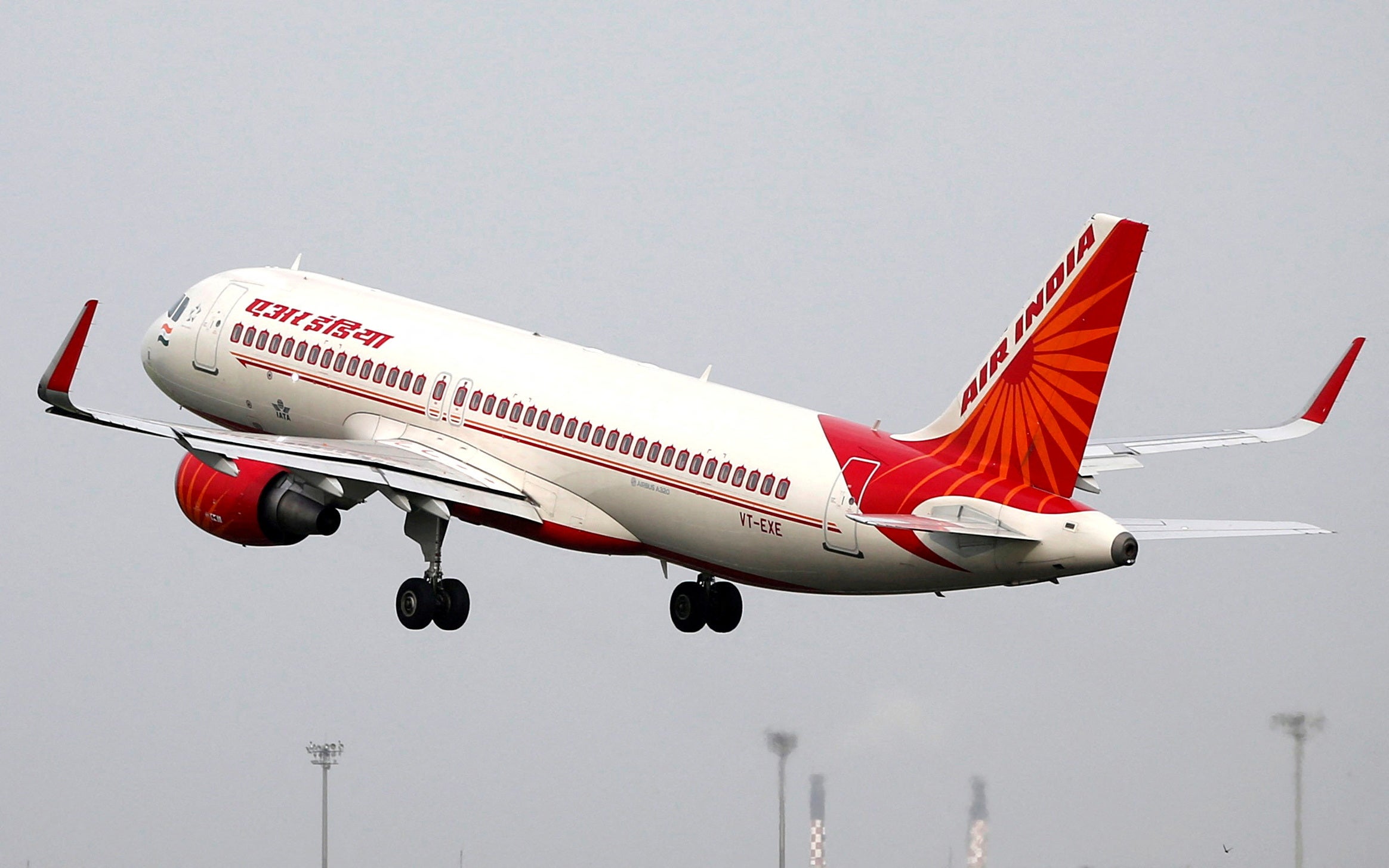
Air India in Hot Seat After Watchdog Flags Pilot Scheduling Violations
So, here’s something that’s raising eyebrows across the aviation industry—Air India has landed in serious regulatory trouble again. This time, it's not about a crash or a mechanical failure, but something just as concerning: pilot scheduling violations . The Directorate General of Civil Aviation, or DGCA—India’s aviation watchdog—has issued a stern warning to Air India for repeated and serious breaches of pilot duty regulations .
What actually happened? Two Air India flights—AI133 from Bengaluru to London Heathrow—on May 16 and 17 exceeded the maximum permissible pilot flight duty time limit of 10 hours . These weren’t emergency situations or one-off events. They were regular scheduled services. And this kind of overrun isn’t just a minor technicality—it directly affects pilot fatigue, alertness, and, ultimately, passenger safety.
Also Read:- England Edge Past Spain in U21 Euros Quarter-Final Thriller
- Toronto Swelters Under Intense Heat as City Braces for Humid Blast
As a result, DGCA ordered three high-ranking Air India officials to be immediately removed from their scheduling roles. We're talking about a divisional vice president, a chief manager of crew scheduling, and a planning executive—gone. The watchdog didn’t stop there. They also demanded that Air India’s Accountable Manager—usually a senior executive—submit an explanation within seven days or face enforcement actions, possibly even risking the airline’s operating license.
The violations were attributed to systemic failures , suggesting this wasn’t just human error but something deeper—issues with protocols, oversight, and maybe even the manipulation of automated systems meant to flag these breaches before they happen. There are legitimate questions now being asked: Why didn’t scheduling software catch the errors? Were manual overrides used? Why weren't there any internal flags before pilots clocked in those excess hours?
To be fair, Air India has acknowledged the issue and said it has implemented the DGCA's directives. They’ve placed their Chief Operations Officer in charge of directly overseeing the Integrated Operations Control Centre , which manages real-time flight and crew operations. They’ve also promised full adherence to safety protocols. But let’s be real—this isn't the first time. In fact, in the past year, nearly half of all DGCA fines were slapped on Air India or its low-cost arm, Air India Express. That’s not a good look.
It’s also worth noting that this warning came just days after another Air India fiasco—three Airbus aircraft operated without timely emergency equipment checks. And even more tragically, this all follows the deadly crash of an Air India Boeing 787-8 earlier this month, killing 241 people. While the two incidents aren’t directly connected, they highlight a deeply worrying trend in safety management and oversight.
In aviation, there’s no room for shortcuts. Whether it's mechanical checks, crew rest regulations, or scheduling integrity—every link in the chain matters. This isn't just about paperwork or meeting guidelines; it's about the lives of passengers and crew members in the sky.
Let’s hope this acts as a wake-up call—not just for Air India, but for the entire aviation sector in India. Safety should never be compromised, no matter what.
Read More:

0 Comments